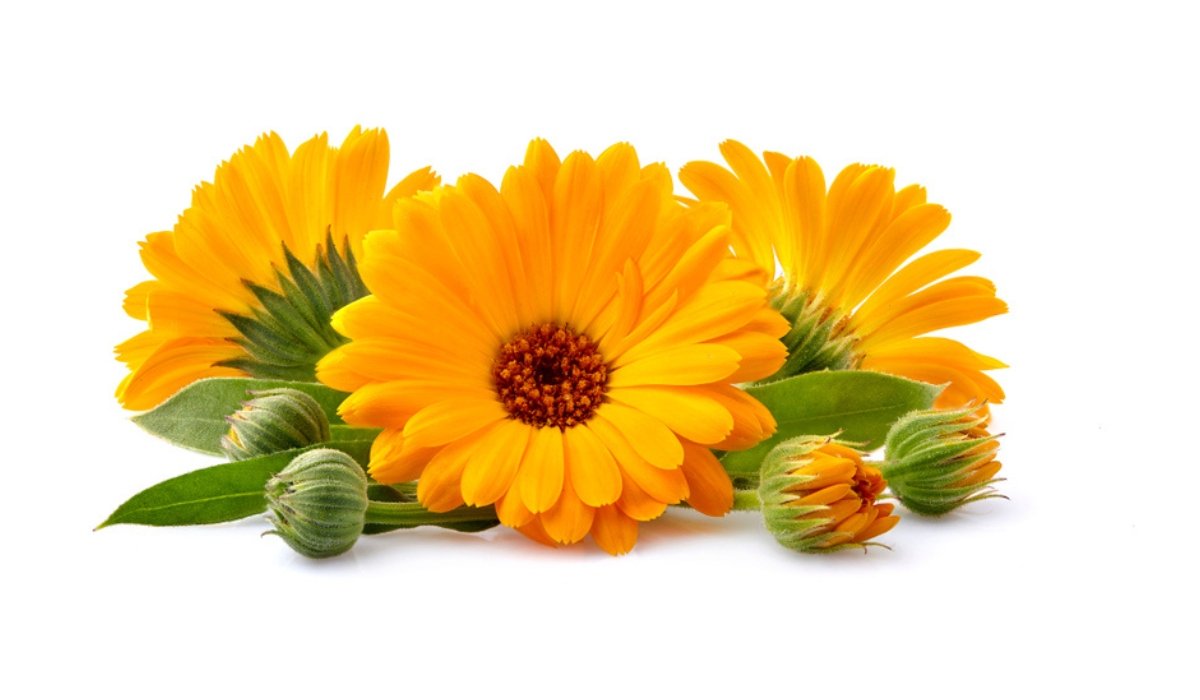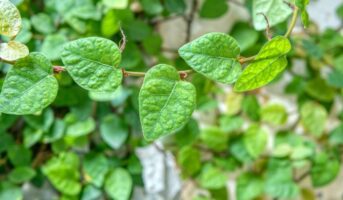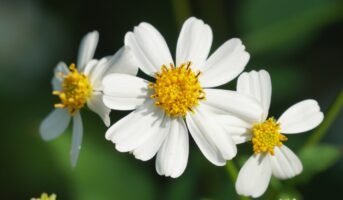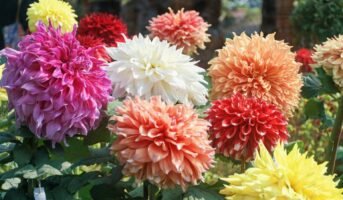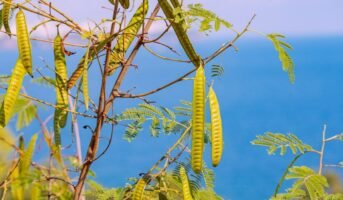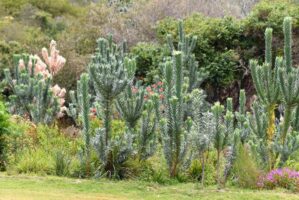In warmer areas, Calendula is a short-lived perennial, although it is typically grown as an annual bloom in garden beds and containers in cooler temperate zones. Despite being known as pot marigold, Calendula is different from ordinary marigold. It is, however, related to the Asteraceae family, which also includes chrysanthemums and daisies and resembles a daisy. It is sown in the spring after the last frost and grows rather quickly, blooming six to eight weeks after seeding.
The common name for pot marigold comes from the gold flowers that bloomed during the Virgin Mary festivals during the Renaissance period (mary + gold = marigold). Calendula was used as a medicinal herb and a dye for fabrics, food, and cosmetics in ancient Greek, Roman, Arabic, and Indian cultures. Gardeners now grow these plants for their bright flowers and prolific blooming habits. Though they are most commonly seen with yellow, orange, and red flowers, they can also be found in subtle shades of pink and cream.
Calendula flower: Quick facts
| Species Name | Calendula |
| Family Name | Asteraceae |
| Synonyms | Pot marigold, common marigold |
| Height | 1-2 feet tall |
| Botanical name | Calendula officinalis |
| Native area | Mediterranean |
| Flower Colours | Gold, orange, yellow, red and pink |
| Environmental Impact | Positive |
| Maintenance | Low |
| Blooming time | Spring, fall and summer |
Calendula flower: Physical description
Calendula officinalis, sometimes known as pot marigold, is an annual or occasionally biennial plant with erect stems that can reach heights of 40–70 cm. It has a substantial taproot.
The leaves have whole or toothed margins and are alternating, petiolate, oblong, spatulate, and hairy. The five-to-seven-cm-diameter flower heads of Calendula are its most distinctive feature. From early June until early November, it blooms.
The inflorescence of a marigold is a flower. It is a member of the Compositae family, and as its name implies, each flower head is made up of a number of tiny yellow or orange flowers grouped in a chapter or floral disc. Each flower head serves as a container for the blooms, called an involucre.
Calendula flower: Varieties
-
Radio extra
Radio extra Calendula is a long plant with cactus-like blooms. The blooms are a vibrant orange colour and are one of the most unusual variants of the Calendula flowers.
-
Pink surprise
Surprise in Pink Calendula flowers has ruffled petals that are gold and yellow in colour. They have pink edges with dark apricot centres. Some of the blooms can be completely pink with gold highlights.
-
Touch of red
This variety’s blooms are a mix of red and orange. Petals have red tips and red mahogany undersides.
-
Bronzed beauty
Bronzed beauty blooms on tall stems with copper-peach and cream-coloured flowers.
-
Tangerine cream
Tangerine cream blooms are bicoloured. They are cream with bright orange highlights.
-
Greenheart orange
Greenheart orange is a Calendula cultivar that is distinct from the rest. They have orange-coloured petals that surround lime-green centres.
-
Neon
The neon variety has double flowers that come in a variety of bright colours.
-
Citrus cocktail
Citrus cocktail plants are small and compact. Their flowers are bright yellow and orange.
-
Golden princess
The blooms of this variant are vibrantly coloured, with black centres.
-
Sherbet frizz
Sherbet frizz has buff flowers with deep red undersides. The petals have a red tip.
-
Dwarf gem
Dwarf gem is a compact plant with double blooms in yellow, orange, and apricot.
-
Fruit twist
This variety has single, double, and semi-double flowers in various shades of orange and yellow.
-
Prince
Prince Calendula is a tall, heat-tolerant plant. It has blooms that are yellow and orange.
-
Bonbon
Bonbon is a plant that blooms early. They have small flowers that are yellow and orange. They belong to the dwarf Calendula family.
-
Pacific beauty
Pacific beauty Calendula is a heat-tolerant plant with yellow and orange flowers on tall, sturdy stems.
-
Calypso
The calypso variety features double blooms on compact, dense plants. Their flowers have dark centres and are orange and yellow in colour. They are excellent container varieties.
-
Flashback
Flashback Calendula has flowers that are multicoloured. They can be bi- or tri-coloured, with cream, yellow, peach, or apricot hues.
-
Kablouna
These are mild-resistant cultivars with orange and yellow blooms and tufted centres.

Source: Pinterest
How to grow Calendula?
- Choose a location for Calendula that receives full sun. Calendulas require no special soil. They can be grown in any location where other flowers, herbs, or vegetables are grown, as long as the flower bed does not become waterlogged after heavy rain.
- Plant Calendula seeds after the last frost in your area in the spring. Plant seeds 4 to 6 (10.16 to 15.24 cm) apart and 1/4 to 1/2 inch (0.64 to 1.27 cm) deep. Cover them lightly with garden soil, about 1/4 inch (0.64 cm).
- Water the seedbed immediately after planting to avoid washing the seeds out of their holes. Then, for the next 7 to 14 days, mist the bed every day to keep it moist until the seeds germinate.
- Water the plants as required to keep the soil moist, but avoid overwatering. The soil should not be completely saturated.
- Thin the Calendula seedlings when they are about three inches (7.62 cm) tall, so that the remaining plants are eight to 12 inches (20.32 to 30.48 cm) apart.
- In midsummer, apply a thin layer of compost to the Calendula plants. They shouldn’t need any additional fertiliser because the compost should contain enough nutrients to keep the plants blooming for the rest of the growing season.
- Remove faded blossoms to encourage the plants to produce more blooms.
Calendula flower: Care
Light
Calendula prefers full sun, but it can wilt during the hottest months unless it gets some afternoon shade.
Soil
Calendula, like most members of the daisy family, requires well-drained soil rich in organic matter. Wet, dense soils can cause root rot. This plant can tolerate a wide range of soil pH levels but prefers slightly acidic to neutral soil (six to seven).
Water
Water the plants frequently until they are established. Mature plants thrive with only infrequent watering. Avoid overwatering these plants.
Humidity and temperature
Calendula prefers mild summer temperatures and may fade by the end of the season in extremely hot climates.
The plants will be killed by a hard freeze. If you expect frost for a day or two, cover the plants with a frost blanket overnight and then uncover them as the sun warms the air the next day. Around three to four inches of mulch will also keep the plants warm in the winter.
Fertiliser
Calendula does not require much in the way of nutrition. It requires no additional feeding if planted in fertile garden soil. Feeding marginal soils with a balanced, water-soluble fertiliser may be necessary, but over-feeding can cause the plants to become leggy and spindly.

Source: Pinterest
Benefits of Calendula flower
Calendula medicinal uses
Calendula blooms have been used as a medicinal herb for centuries. They have numerous health advantages. These flowers are one of the most potent antiviral herbs, as well as potent antioxidants. Furthermore, they have anti-inflammatory properties.
Calendula’s culinary applications
Calendula has numerous culinary applications. Calendula flowers are edible. Calendula petals have a peppery, tangy flavour that can add zing to a variety of recipes, including salads. It can also make green salads look more appealing. It has the ability to improve the colour of egg yolks and cheeses. It can be mixed into cream cheese or soups to add colour and a peppery flavour.
Calendula’s ornamental uses
Calendula flowers have a vibrant colour. They are extremely attractive and lovely. This is why they produce popular ornamental varieties. They can be grown in containers and used as indoor decorations. They look great as garden borders and flower beds. The addition of Calendulas to your garden can instantly improve its appearance.
Calendula flower side effects
The flower may make you sleepy.
FAQs
Is Calendula poisonous to dogs?
Calendula is not poisonous to dogs or cats.
Is Calendula an appropriate companion plant?
Calendula is an excellent vegetable garden companion plant as it draws pollinators such as bees and bumblebees, and other valuable insects. Butterflies are drawn to the bright blooms.
What are the potential Calendula side effects?
If you are allergic to flowers like daisies, marigolds, or plants in the Asteraceae/Compositae family, do not use Calendula, as it may cause an allergic reaction.
Housing News Desk is the news desk of leading online real estate portal, Housing.com. Housing News Desk focuses on a variety of topics such as real estate laws, taxes, current news, property trends, home loans, rentals, décor, green homes, home improvement, etc. The main objective of the news desk, is to cover the real estate sector from the perspective of providing information that is useful to the end-user.
Facebook: https://www.facebook.com/housing.com/
Twitter: https://twitter.com/Housing
Email: [email protected]
